Boston Fern Green , Nephrolepis Exaltata Bosteniensis
This product is available for shipping only in Bangalore
Boston Fern Green (Nephrolepis exaltata) known as the sword fern or Boston fern, is a species of fern in the family Lomariopsidaceae. The Boston fern is one of the most well-known ferns and admired for its desirable traits as a houseplant.
Boston Fern Green are typically attractive, with long, graceful fronds bedecked with tiny leaves. It is a relatively tough fern, with a higher tolerance for light than other species, and as far as ferns go, they are more tolerant of dry conditions and easy to propagate.
Plant Height: approx 16 inches including the pot
Pot size : 8 inches nursery pot
- Estimated Delivery : Up to 3 business days
- Free Shipping & Returns : On all orders over ₹550 in Bangalore
Boston Fern Green (Nephrolepis exaltata ‘Bostoniensis’) is a classic houseplant known for its lush, arching fronds and delicate, finely divided leaflets. This fern is a popular choice for both indoor and outdoor gardening, prized for its air-purifying qualities and ability to bring a touch of natural elegance to any space. Native to tropical and subtropical regions, Boston Ferns are relatively easy to care for with the right conditions. Here’s a comprehensive guide to caring for a Boston Fern Green:
1. Light Requirements
- Indirect Light: Boston Ferns thrive in bright, indirect light. They are well-suited for growing near windows where they can receive filtered sunlight. Direct sunlight, especially harsh afternoon rays, can scorch their delicate fronds.
- Partial Shade: They can also do well in partial shade, making them suitable for shaded patios or under large trees. In indoor settings, east or north-facing windows are ideal.
2. Watering
- Consistent Moisture: Boston Ferns prefer consistently moist soil. Water the plant regularly to keep the soil evenly moist but not soggy. They do not tolerate dry conditions well.
- Humidity: High humidity is essential for Boston Ferns. They thrive in humid environments, so mist the plant regularly, use a humidity tray, or place a humidifier nearby, especially in dry indoor climates.
- Watering Frequency: During the growing season (spring and summer), water more frequently, allowing the top inch of soil to dry slightly between waterings. In winter, reduce watering but do not let the soil dry out completely.
3. Soil
- Well-Draining Soil: Use a well-draining potting mix rich in organic matter. A mix of peat moss, pine bark, and perlite works well to provide the necessary moisture retention and aeration.
- Slightly Acidic pH: Boston Ferns prefer slightly acidic soil with a pH range of 5.0 to 6.5. Adding a bit of peat moss to the soil mix can help maintain acidity.
4. Temperature and Humidity
- Moderate Temperatures: Ideal temperatures for Boston Ferns range between 60-75°F (15-24°C). They are sensitive to cold and should be protected from temperatures below 50°F (10°C).
- High Humidity: Boston Ferns thrive in high humidity environments. In dry indoor conditions, increase humidity by misting the plant, using a humidity tray, or grouping plants together to create a more humid microenvironment.
5. Fertilizing
- Regular Feeding: Feed Boston Ferns every 4-6 weeks during the growing season with a balanced, water-soluble fertilizer (e.g., 10-10-10) at half the recommended strength. This helps maintain their lush green foliage.
- Organic Fertilizer: Compost tea or diluted fish emulsion can be used as organic alternatives to chemical fertilizers.
6. Pruning and Maintenance
- Remove Dead or Yellowing Fronds: Regularly trim off any dead, yellowing, or damaged fronds to keep the plant looking tidy and encourage healthy new growth.
- Pruning for Shape: Occasionally, prune back older, less vigorous fronds to maintain the shape and size of the plant. This also helps improve air circulation around the plant.
7. Propagation
- Division: The most common method of propagating Boston Ferns is by division. During repotting, carefully separate the plant into smaller sections, ensuring each division has a portion of the root system and healthy fronds. Plant the divisions in separate pots with fresh potting mix.
- Spores: Propagation by spores is possible but more challenging and time-consuming. Spores can be collected from the undersides of mature fronds and sown on a moist growing medium.
8. Pests and Diseases
- Common Pests: Boston Ferns can be susceptible to pests like spider mites, mealybugs, and scale insects. Regularly inspect the plant and treat infestations with insecticidal soap or neem oil.
- Fungal Issues: Overwatering and poor air circulation can lead to fungal diseases such as root rot and leaf spot. Ensure good air circulation around the plant and avoid waterlogging the soil.
9. Indoor vs. Outdoor Growing
- Indoor Growing: Boston Ferns are popular indoor houseplants due to their ability to thrive in indirect light and high humidity. They are often grown in hanging baskets or pots to showcase their arching fronds.
- Outdoor Growing: In suitable climates (USDA zones 9-11), Boston Ferns can be grown outdoors in shaded garden areas or on covered patios. They add a lush, tropical feel to outdoor spaces.
10. Toxicity
- Non-Toxic: Boston Ferns are non-toxic to pets and humans, making them a safe choice for households with cats, dogs, or children.
11. Container Growing
- Pot Requirements: Choose a pot with drainage holes to prevent waterlogging. Use a high-quality, well-draining potting mix and repot the plant every 1-2 years or when it becomes root-bound.
- Hanging Baskets: Boston Ferns look stunning in hanging baskets, where their fronds can cascade down gracefully.
12. Overwintering
- Indoor Protection: In colder regions, bring Boston Ferns indoors before the first frost. Place them in a bright location with indirect light and maintain humidity levels to keep the plant healthy during the winter months.
By following these care tips, your Boston Fern Green will thrive, providing a lush, vibrant display of greenery that can enhance any indoor or outdoor setting. Its air-purifying qualities, coupled with its graceful appearance, make it a popular choice for adding natural beauty to homes and gardens.
** Plants photos are for representation purpose only. We will make best efforts to send the plants as in photos itself. There may be small white dots on the plant, as these plants cared in nursery using the hard water and pesticide spray. However these will eventually disappear as you take care and clean the leaves. Trust us, we want to give you the best
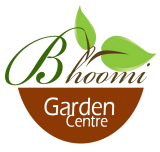
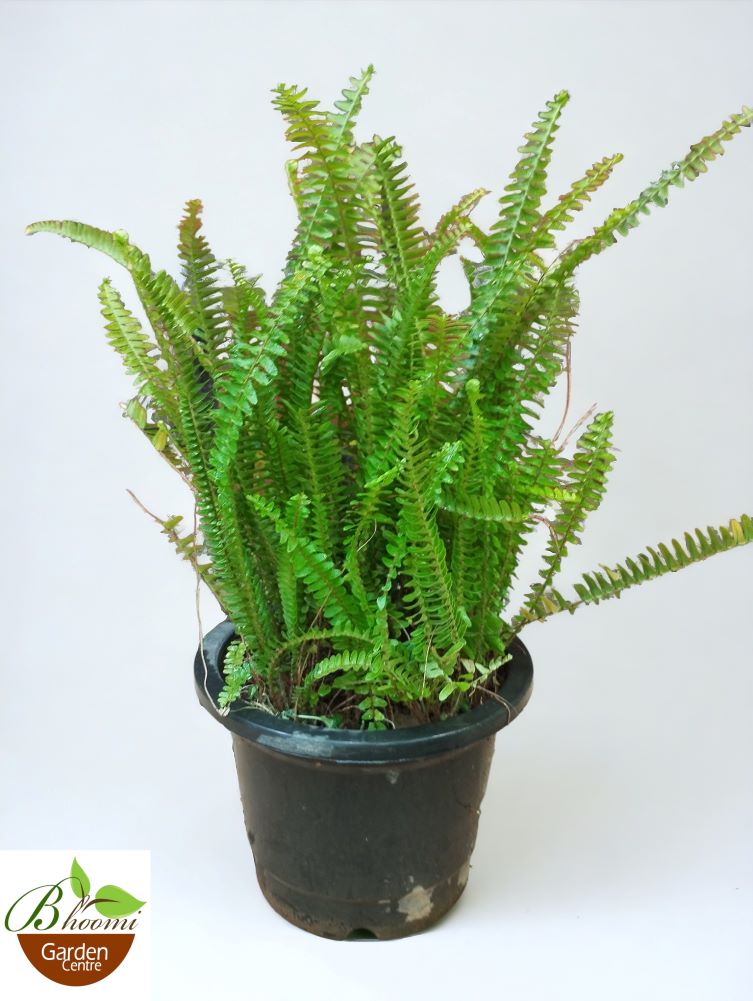
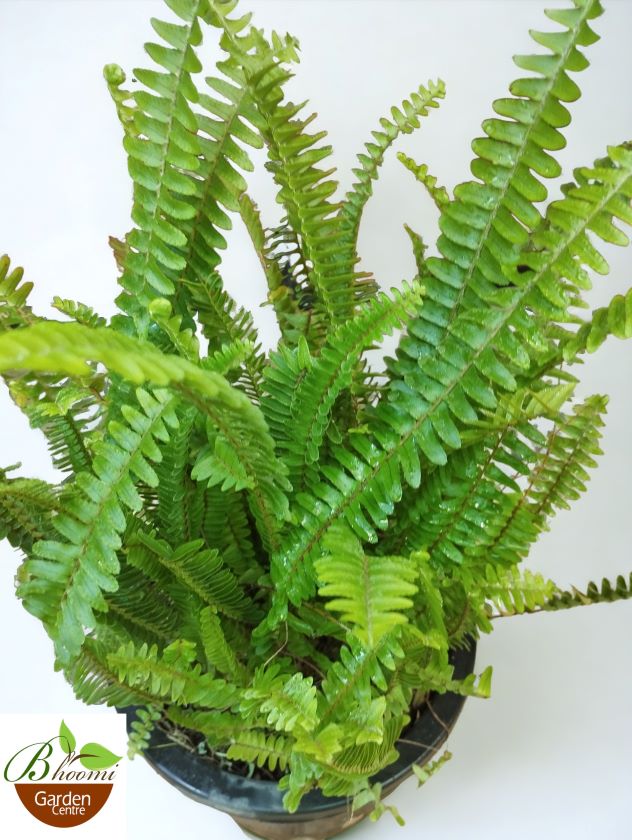
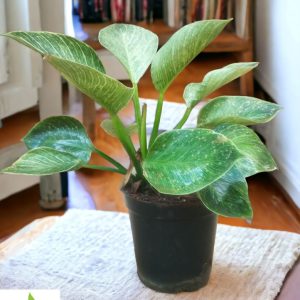
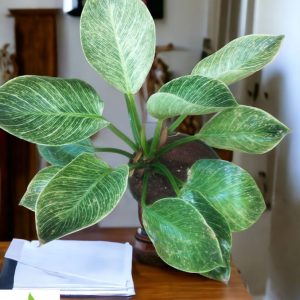
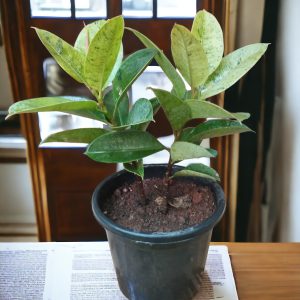
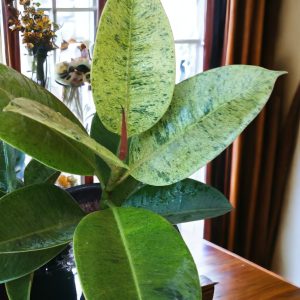
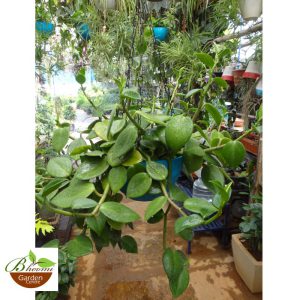
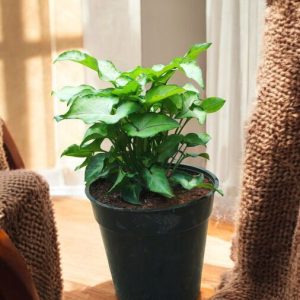
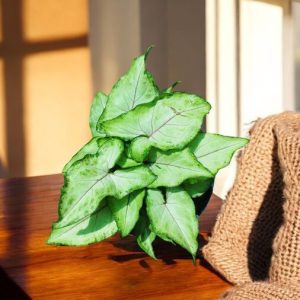
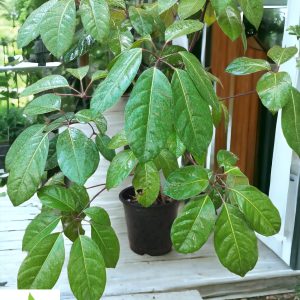
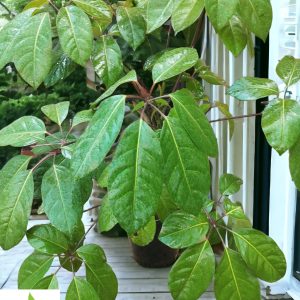
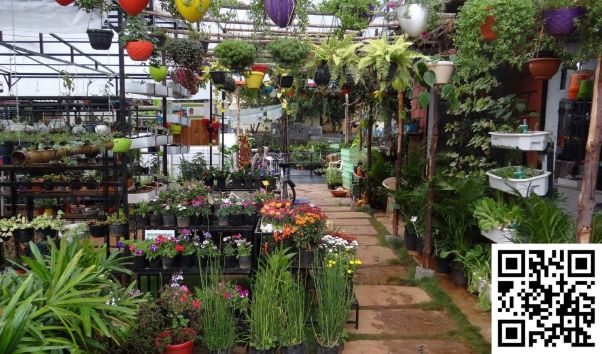
Reviews
There are no reviews yet.